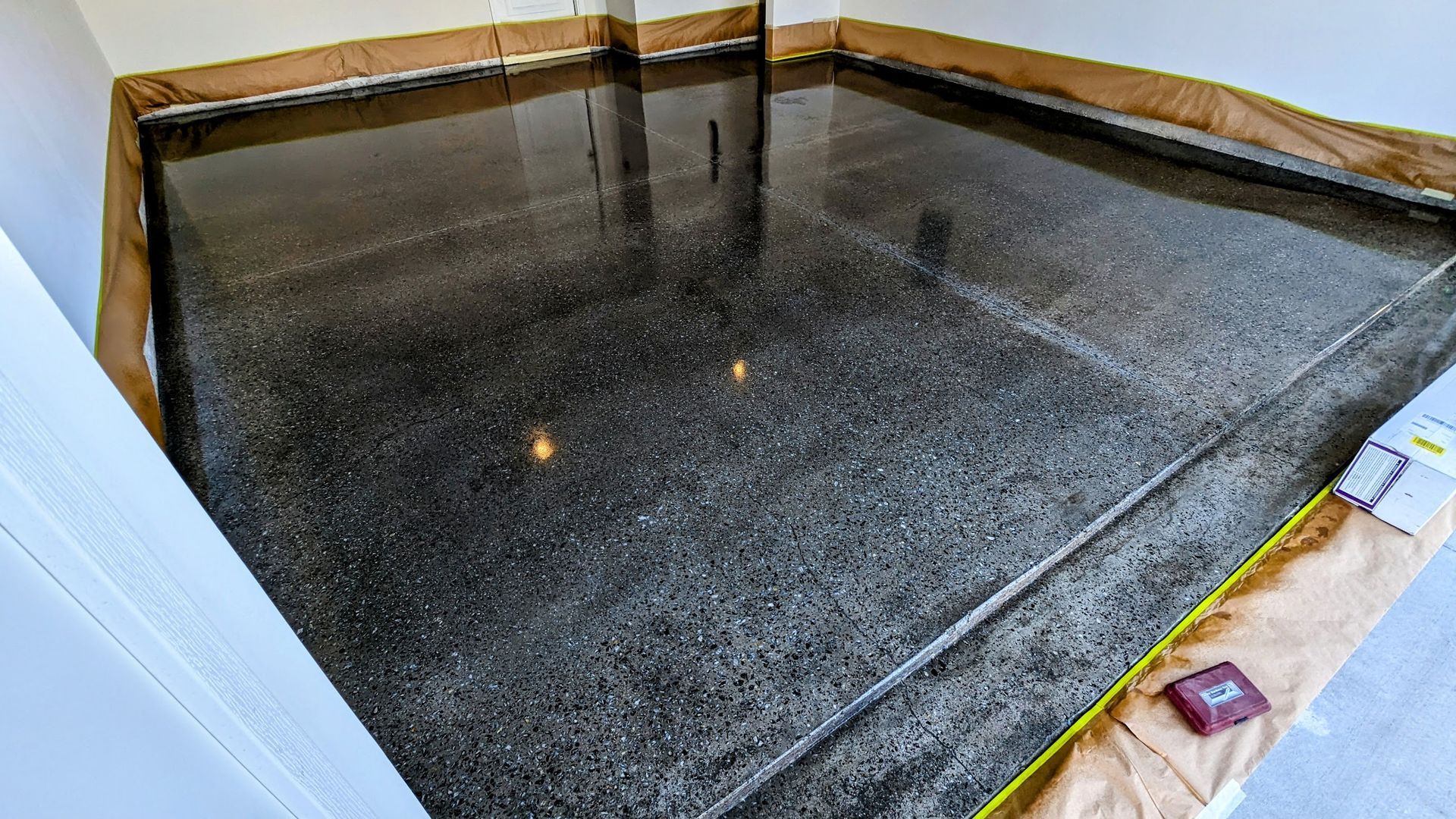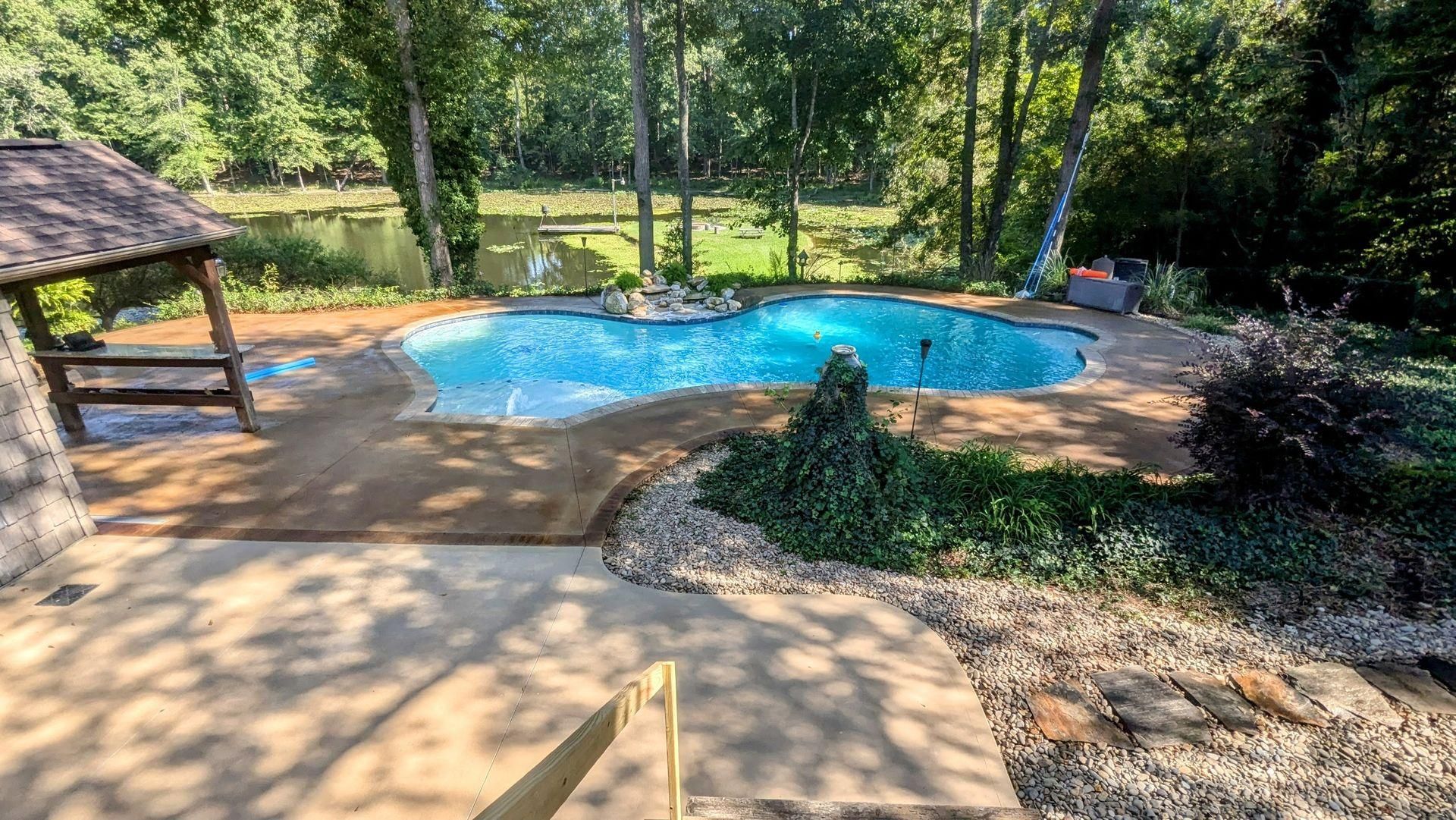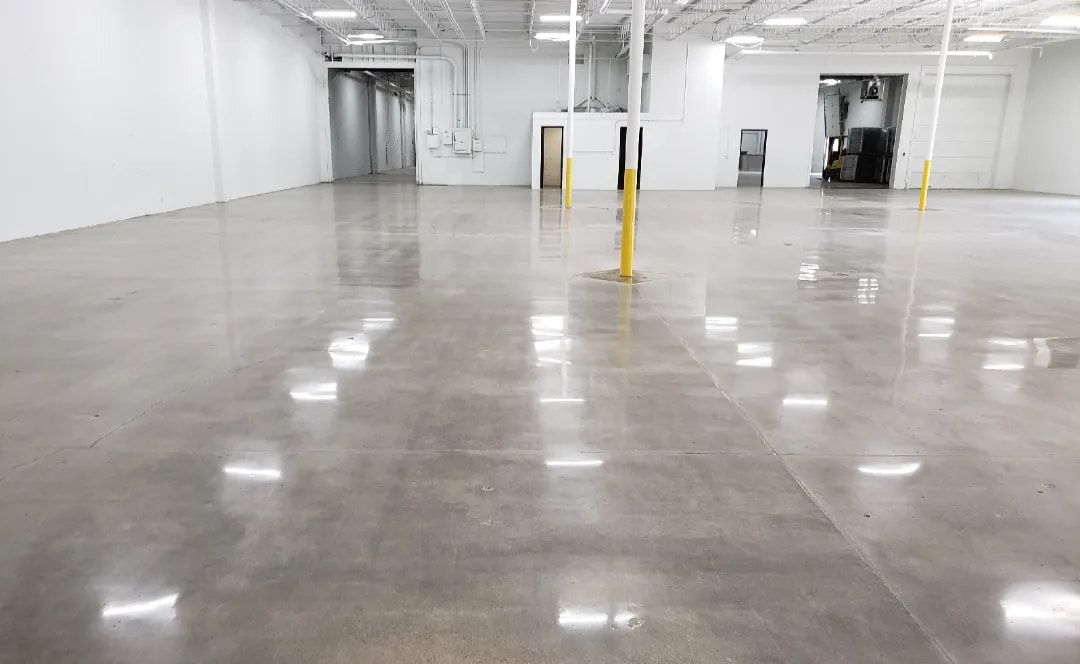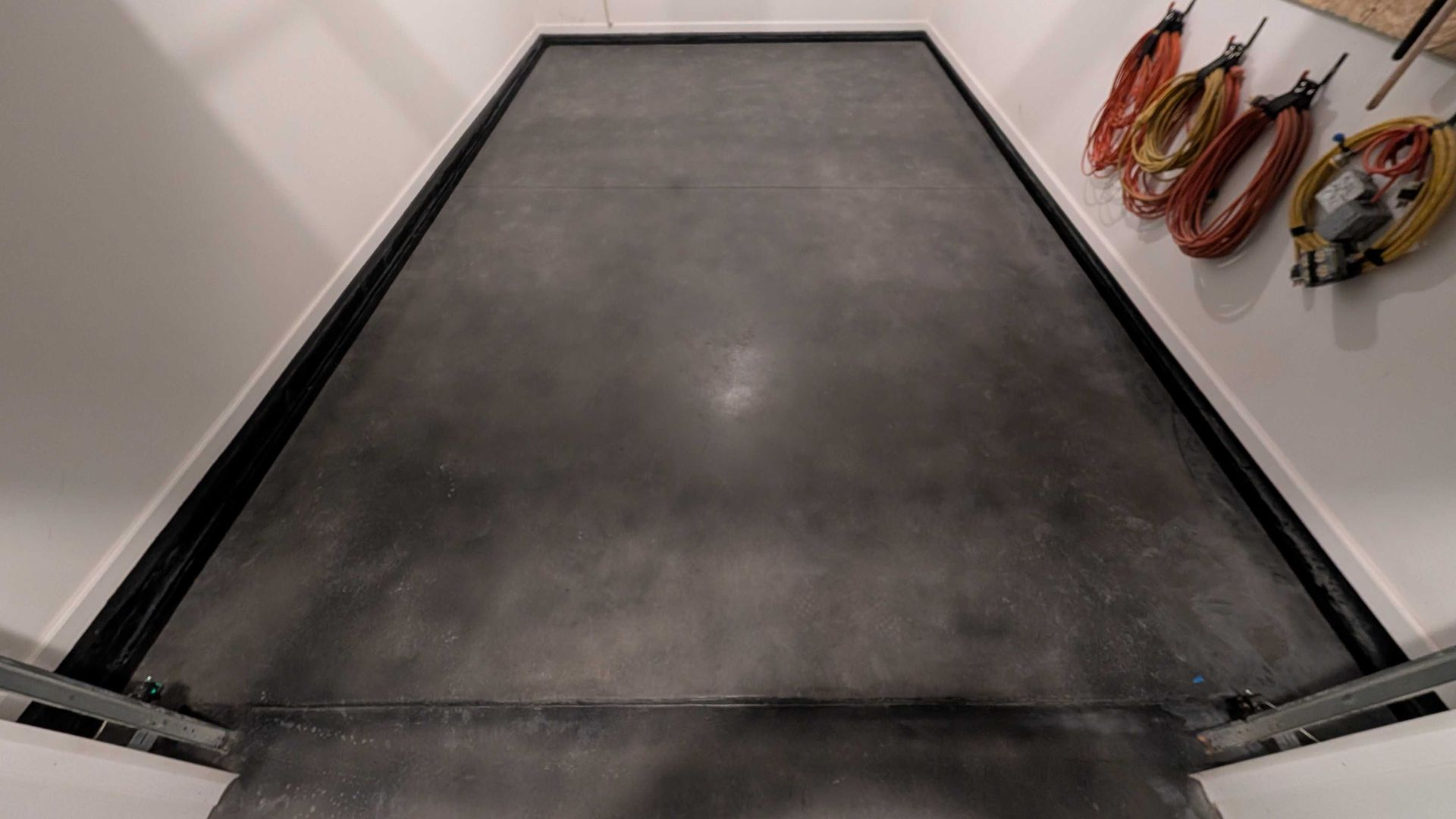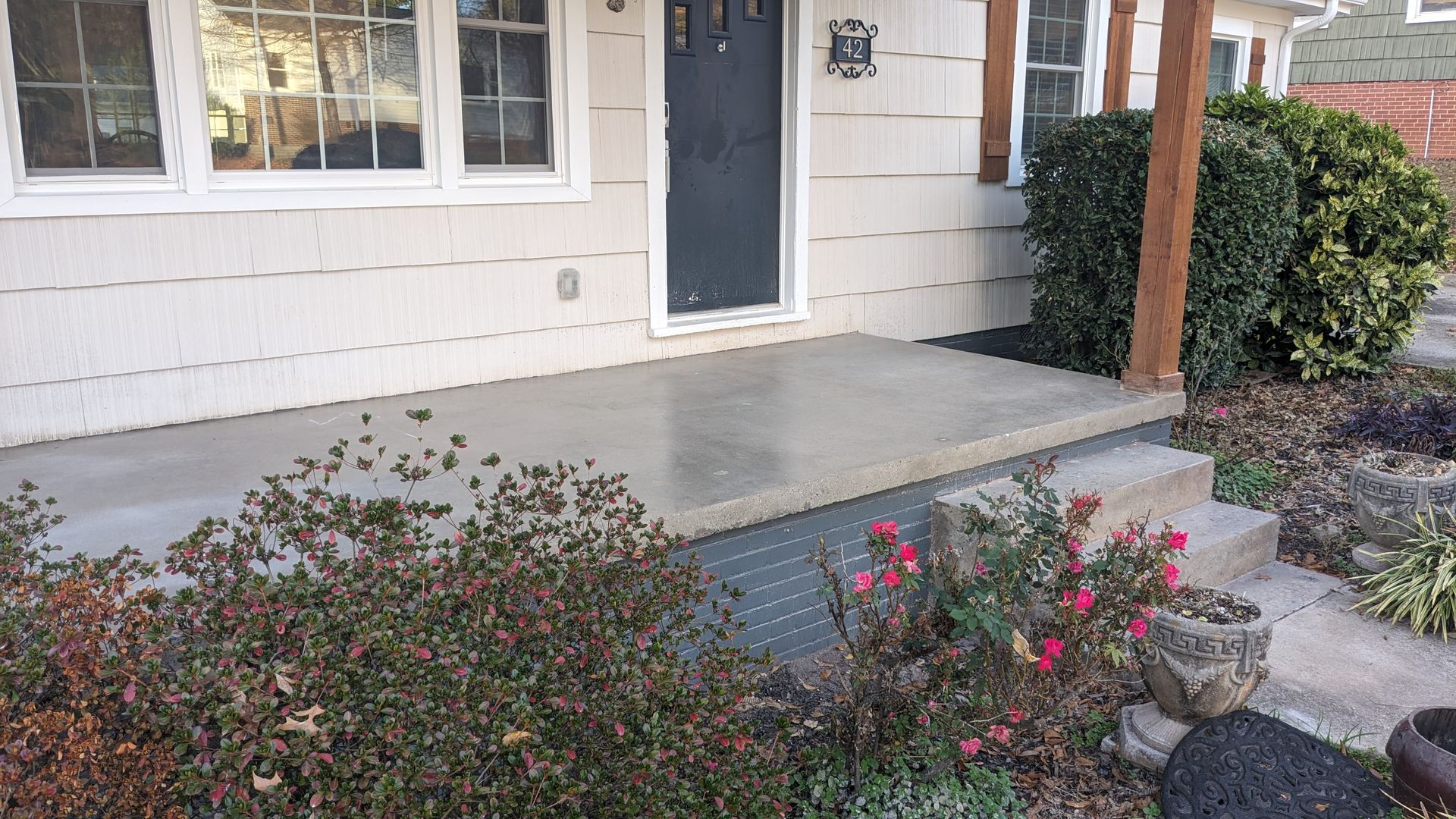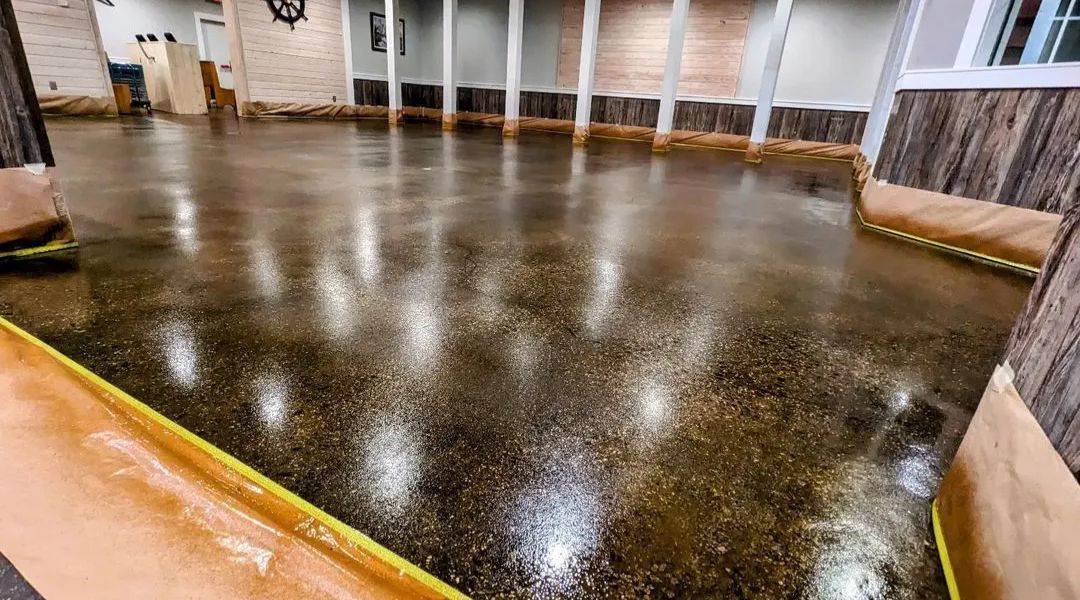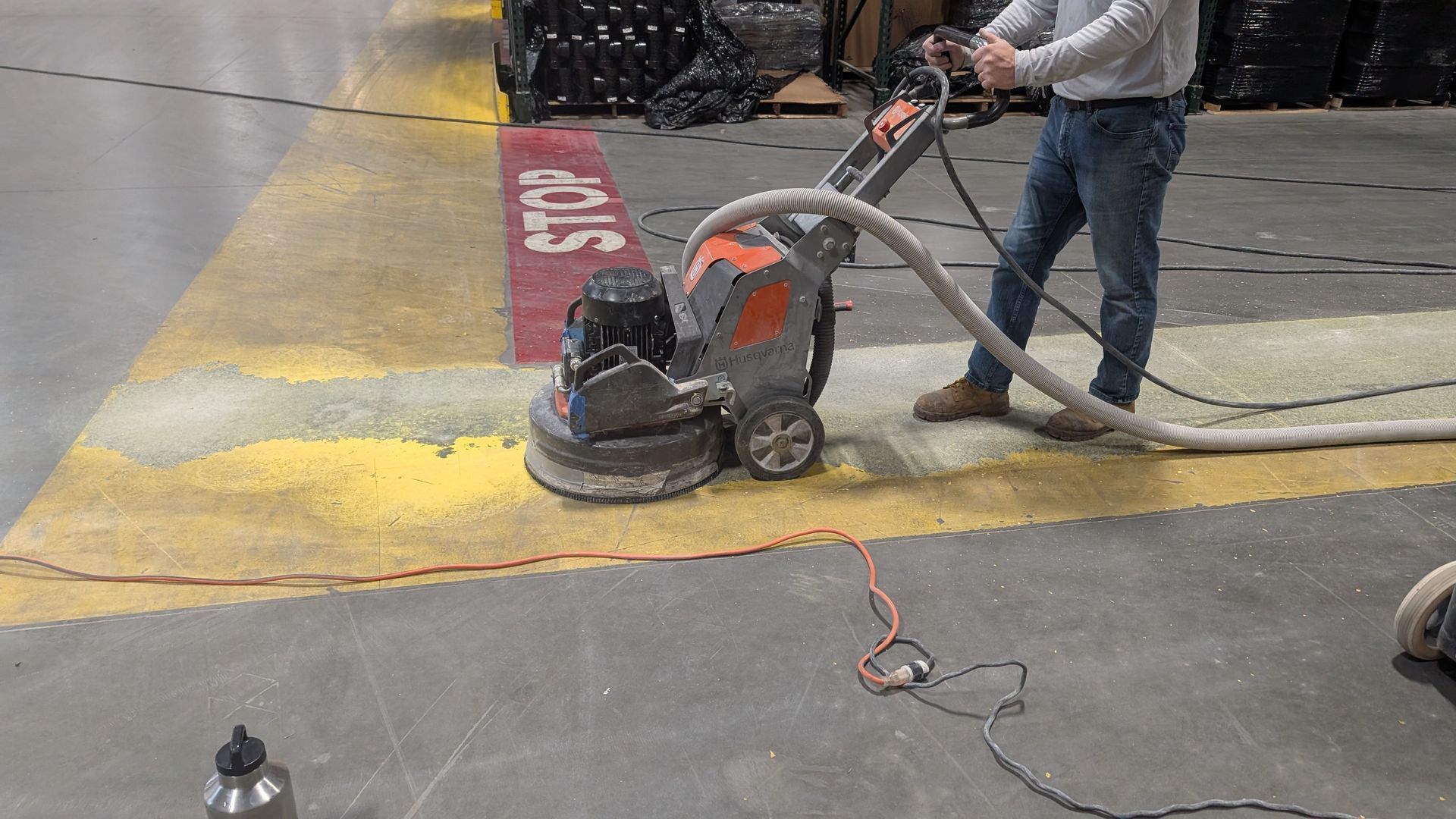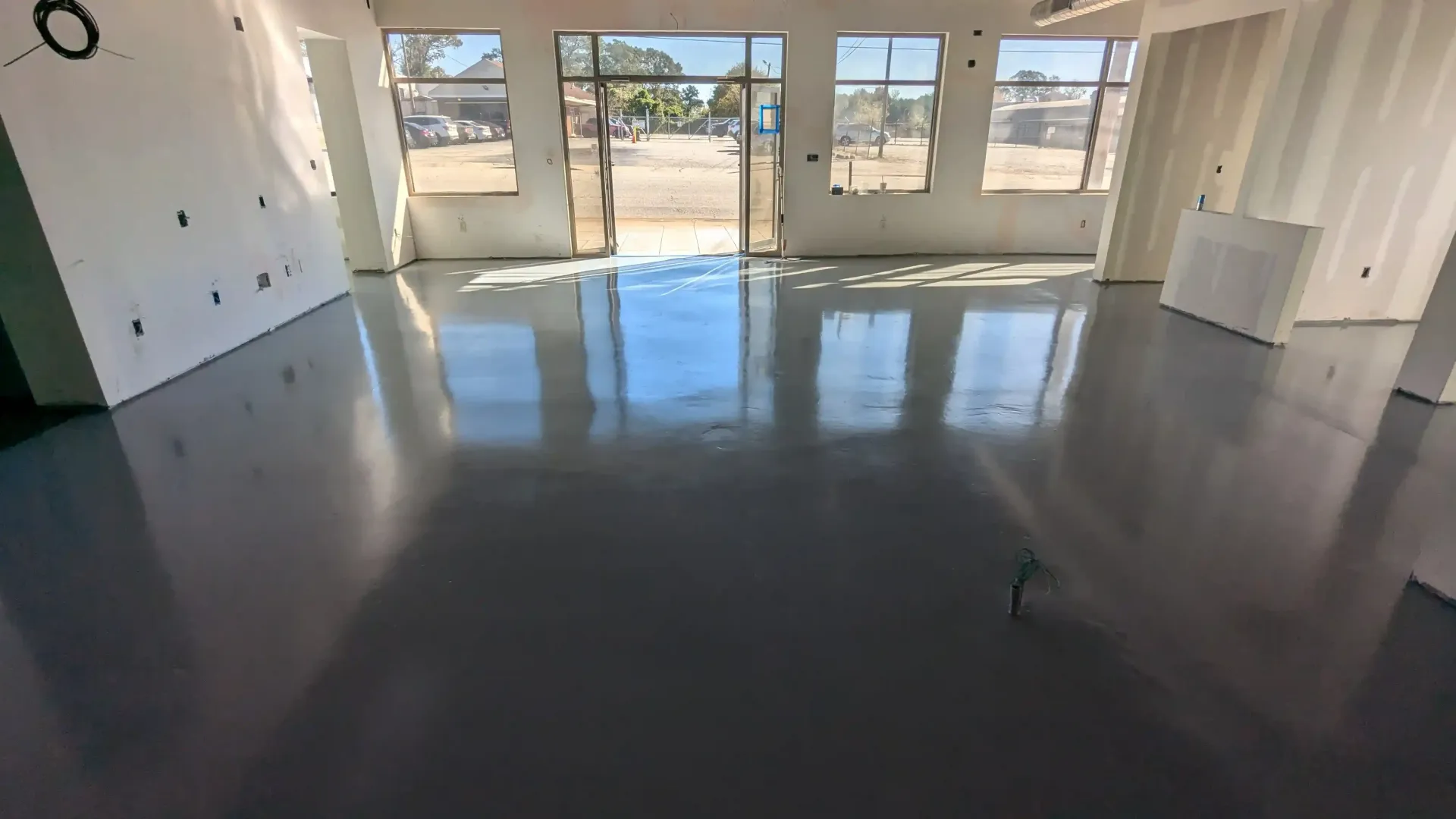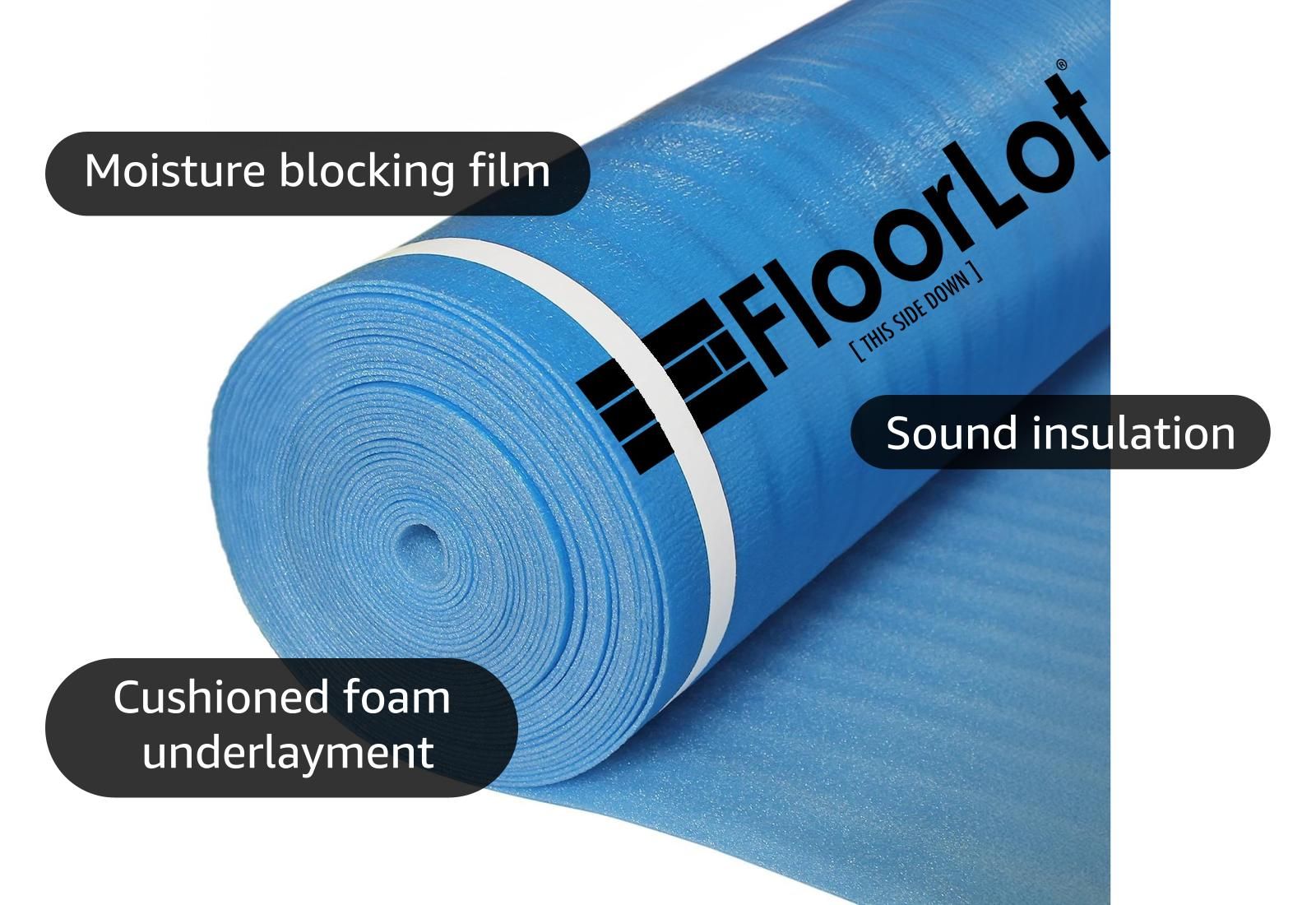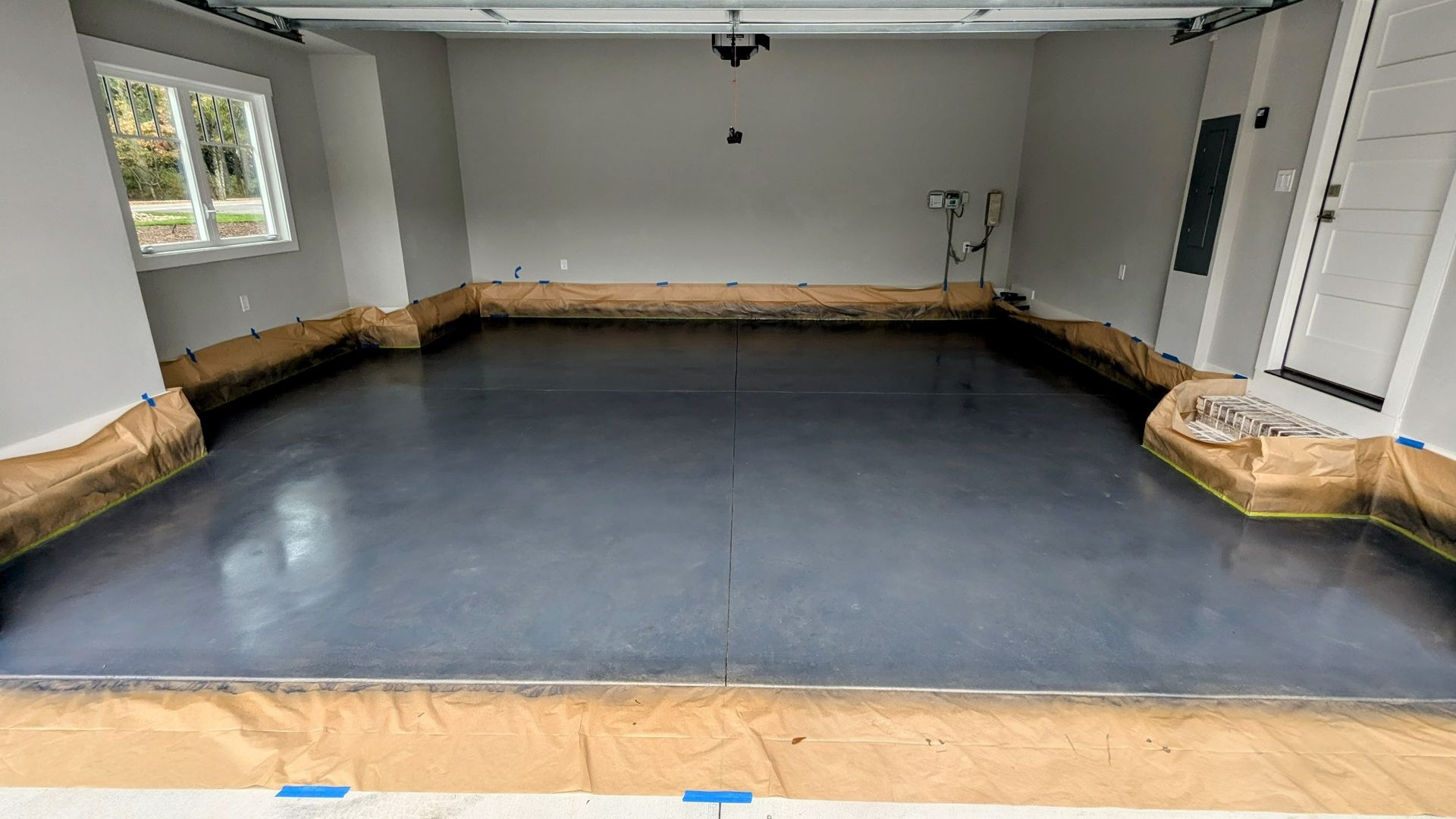Safety First! Add Nonslip Coatings to Your Concrete Floors, Driveways, Patios, and Pool Decks
How Zachary Daniel Concrete can save your family from unnecessary slips and falls.
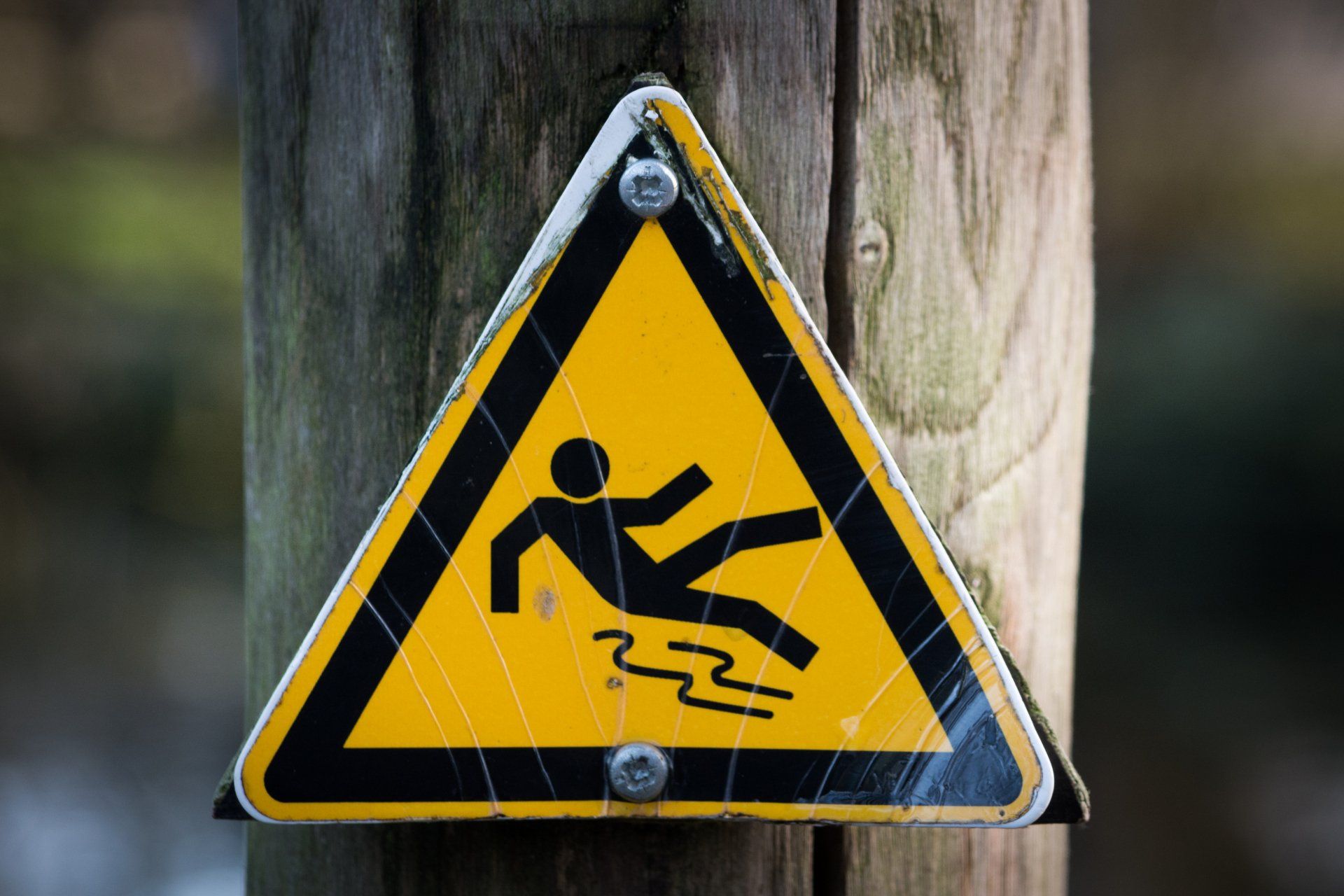
Safety First! Add Nonslip Coatings to Your Concrete Floors, Driveways, Patios, and Pool Decks
When it comes to flooring in both residential and commercial settings, safety is paramount. Slippery surfaces can lead to accidents, causing injuries and potential liabilities. Luckily, there are ways to make concrete coatings, stains, and overlays safer by adding nonslip features. Let’s dive into why nonslip coatings are important and how they can benefit various areas of your property, including floors, driveways, patios, and pool decks.
Understanding Nonslip Coatings
Nonslip coatings refer to treatments applied to concrete surfaces to improve traction and reduce the risk of slips and falls. These coatings can be incorporated into concrete during the finishing process or applied as a top layer. By adding textured materials or special additives, nonslip coatings enhance the safety of any concrete surface.
Why Nonslip Coatings Matter
- Safety: The primary benefit of nonslip coatings is keeping people safe. By reducing the chances of slipping and falling, these coatings make places safer, especially in areas prone to moisture or heavy traffic.
- Compliance: For businesses, it’s crucial to meet safety standards and regulations. Adding nonslip features to concrete surfaces helps meet these standards, lowering the risk of fines or lawsuits.
- Peace of Mind: Knowing that your floors, driveways, patios, and pool decks are nonslip gives peace of mind. Whether you’re walking on a wet pool deck or a slick driveway, nonslip surfaces provide confidence and security.
Adding Nonslip Coatings to Concrete
- Concrete Floors: Slip-resistant additives, like sand or grit, can be mixed into concrete coatings for floors. These additives create a textured surface, improving traction without ruining the look or durability of the floor.
- Driveways: For driveways, nonslip coatings can be added to withstand the wear and tear of vehicles while providing a safer surface for foot traffic. Textured finishes or non-slip additives ensure that your driveway remains safe in all weather conditions.
- Patios: Patios can benefit from nonslip coatings by using textured finishes or applying a clear, slip-resistant sealer. This keeps the patio looking great while adding a safety layer, perfect for outdoor gatherings.
- Pool Decks: Pool decks are especially prone to slippery conditions. Adding a nonslip coating ensures a safer environment for everyone enjoying the pool, preventing accidents and enhancing the overall safety of the area.
Benefits for Homes and Businesses
- Reduced Risk of Accidents: Nonslip concrete surfaces lower the risk of slips and falls, keeping everyone safer.
- Long-Term Durability: These surfaces are tough, handling heavy use and harsh weather, so they last a long time.
- Enhanced Aesthetics: Nonslip features can look great, too. They can be part of the design, making the space both safe and attractive.
- Compliance and Liability Reduction: For businesses, meeting safety standards helps avoid lawsuits and reduces liability.
Real-Life Applications
Concrete staining and nonslip coatings are not just trends—they're practical solutions used in many prominent landmarks in Spartanburg and the Upstate. For instance:
- Morgan Square: One of the most iconic spots in Spartanburg, Morgan Square features beautifully stained concrete walkways that add charm and safety to this historic area.
- Chapman Cultural Center: This cultural hub uses stained concrete to create inviting and artistic outdoor spaces that are also safe and durable.
- Barnet Park: Known for its amphitheater and vibrant community events, Barnet Park incorporates nonslip stained concrete throughout its pathways and seating areas.
- Falls Park on the Reedy: Located in Greenville, this popular park uses nonslip concrete surfaces to ensure safe and enjoyable walks along the scenic Reedy River.
- Fluor Field: The home of the Greenville Drive, this baseball stadium features nonslip concrete surfaces to keep fans safe as they move through the concourses and seating areas.
- Greenville Zoo: To protect visitors of all ages, the pathways at Greenville Zoo are coated with nonslip concrete, ensuring a safe environment for everyone.
Conclusion
Adding nonslip coatings to concrete surfaces like floors, driveways, patios, and pool decks is a smart move. It makes both homes and businesses safer, more durable, and compliant with safety regulations. By focusing on nonslip features, property owners can create safer spaces and enjoy peace of mind.
Types of Nonslip Coatings for Concrete
- Textured Finishes: These involve adding grit to create a rough surface for better traction. The texture can vary from fine to coarse.
- Non-Slip Additives: Materials like silica sand or aluminum oxide can be mixed into the coating. These create a gritty texture that enhances grip.
- Stamped Patterns: Decorative concrete can have patterns that add texture, improving traction and adding visual interest.
- Clear Sealers with Anti-Slip Properties: Clear sealers can be applied over the surface, adding a micro-texture that improves grip without changing the look.
- Epoxy Coatings with Non-Slip Aggregates: Epoxy coatings can include non-slip materials like quartz or aluminum oxide, making them very durable and safe.
- Textured Roll-On Coatings: These are easy to apply and contain particles that create a non-slip surface when rolled onto concrete floors.
Choosing the right nonslip coating depends on the project’s needs, the desired level of traction, and the look you want. By selecting the best solution, you can ensure safety while keeping the beauty of your concrete surfaces. If you’re looking to enhance the safety and aesthetics of your concrete surfaces, contact Zachary Daniel Concrete today for expert advice and top-notch service in Greenville and the Upstate.
